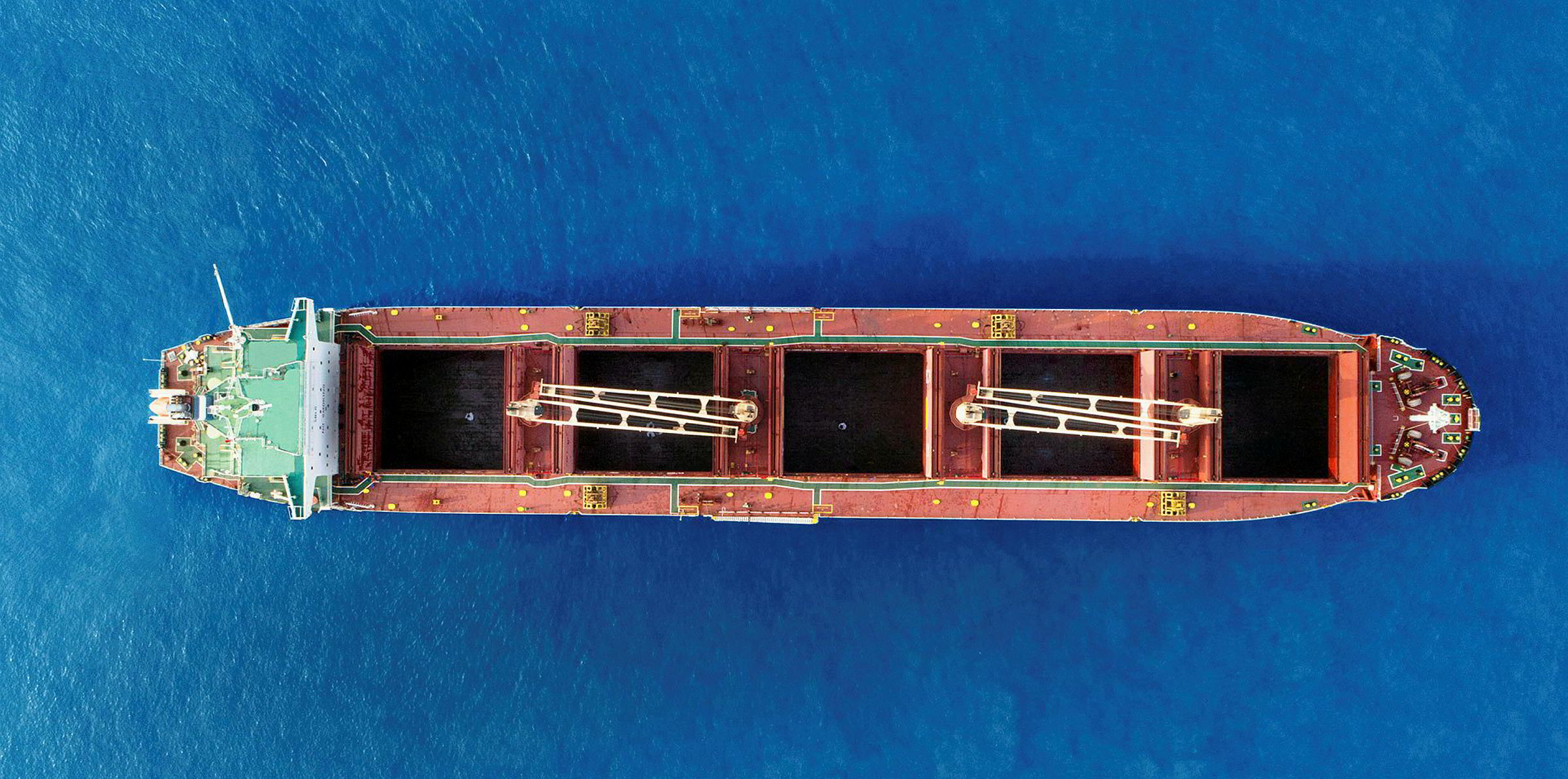Shipping faces a major demand shock this year due to the impact of the coronavirus pandemic as bad as that seen in the 2008/2009 global financial crisis, according to influential market research.
Clarksons Research said its current expectations of a 350m tonne reduction in demand growth could deepen to a 4% fall in seaborne trade in 2020 in the worst-case scenario.
Writing in its Spring Shipping Review and Outlook, Clarksons said the swing from the positive sentiment seen until around the end of January had been stark.
“Had we been writing this review eight weeks ago, we would have been discussing an improving ClarkSea Index (2019 +24%), a strong tanker and LPG market, an improving containership market and a bulk carrier market suffering from seasonal iron ore disruption in Brazil," Clarksons said in the comprehensive 182-page report on all parts of the industry.
“Developments since, with the outbreak of Covid-19 in China and now global spread, are creating wide-ranging operational disruption and a major demand ‘shock’.
“Expectation of underlying market improvement has, for the moment, been overridden, with months of major disruption seemingly impossible to avoid."
Bumpy ride
“Even for an industry with a long history of managing disruption, prepare for a bumpy ride,” said Clarksons Research, which is led by managing director Stephen Gordon.
In contrast to the global banking crash, the newbuilding orderbook is much smaller and continues to shrink, giving a better supply balance, the report said.
Today, less than 10% of the world's fleet is on order compared with more than 50% in 2008, which was one of the causes of shipping’s prolonged recession after the crash.
“Materially lower newbuild ordering — after a 30% drop in 2019 to 68m dwt — for the next six months at least, may take the orderbook to below 8% of the fleet,” Clarksons said.
The research team, which is part of the world’s biggest shipbroker, said they now expect fleet growth of 2.4% this year and 1.9% in 2021.
Uncertainty ahead
Secondhand sale-and-purchase-deal volumes were initially steady but are now slowing.
“Enquiry continues, but challenges to deliver ships around crew changes and the growing uncertainty around any strategic transaction decision are slowing volumes,” Clarksons said.
“The same may apply in the recycling market, where countries across the subcontinent have implemented restrictions.”
While the recent spike in rate for tankers to store excess oil production has been a bonus in that sector, Clarksons said its concern for the performance of the cruise, container, offshore and pure car carrier sectors has deepened.
Dry cargo growth slows
In dry bulk, the pandemic has led to major downgrades of trade growth projections from previous estimates of 2% annual growth to about 0.5% this year.
Bulk carrier supply growth remains moderate, with an expected increase in fleet size of 2.7%, partly reflecting coronavirus disruption to shipyard completion and delivery.
“Given the scale of economic disruption, there is also potential for further downgrades to the demand outlook,” Clarksons said.
“Further ahead, with fleet expansion expected to slow in 2021 and potential for a ‘bounceback’ in demand, more positive conditions could start to materialise.
“In the meantime, though, the Covid-19 pandemic looks likely to continue to create challenges for the bulk carrier market.”







